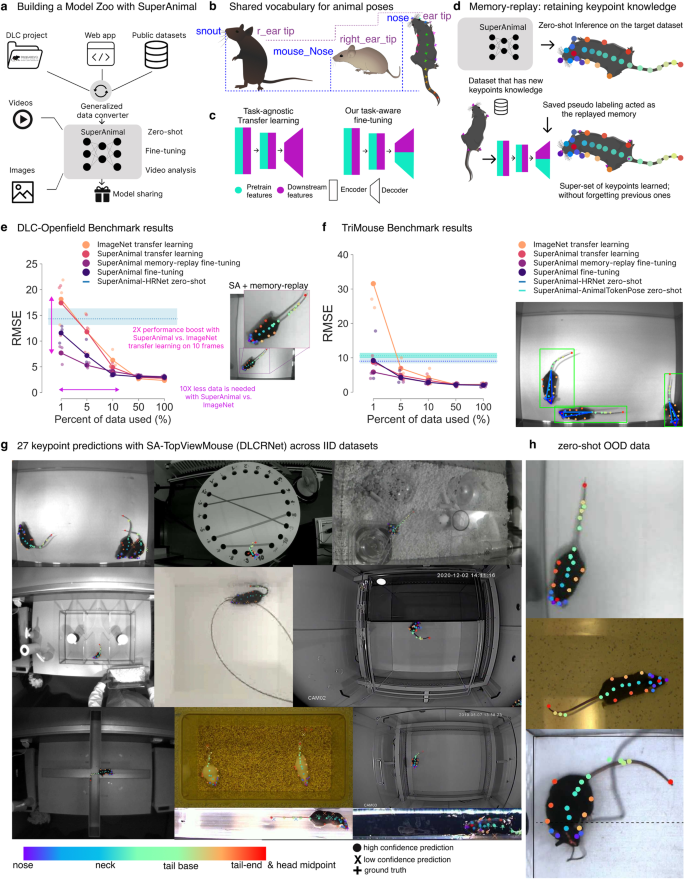2024-06-21 カリフォルニア工科大学(Caltech)

Fieldwork to understand greenhouse gases and microbial communities in Santa Barbara rangeland soils.
Credit: W. Fischer
<関連情報>
- https://www.caltech.edu/about/news/many-more-bacteria-produce-greenhouse-gases-than-previously-thought
- https://www.pnas.org/doi/abs/10.1073/pnas.2316422121?af=R
バクテリアと古細菌における一酸化窒素還元の多様性と進化 Diversity and evolution of nitric oxide reduction in bacteria and archaea
Ranjani Murali, Laura A. Pace, Robert A. Sanford, +6, and James Hemp
Proceedings of the National Academy of Sciences Published:June 20, 2024
DOI:https://doi.org/10.1073/pnas.2316422121
Significance
With the advent of culture-independent techniques for studying environmental microbes, our knowledge of their diversity has exploded, uncovering unique organisms, pathways, and proteins carrying out important processes in the biosphere. Novel biochemical reactions are often proposed based on sequence data, but experimental validation is difficult and rare. In this work, we used environmental sequence data to find enzymes that produce the greenhouse gas N2O from NO and validated our hypothesis with experiments. These new enzymes likely contribute to global N2O fluxes and expand the breadth of nitrogen cycling. We also demonstrated that these enzymes evolved multiple times from oxygen reductases, indicating that the evolutionary histories of aerobic respiration and denitrification—and more broadly the oxygen and nitrogen cycles—are tightly connected.
Abstract
Nitrous oxide is a potent greenhouse gas whose production is catalyzed by nitric oxide reductase (NOR) members of the heme-copper oxidoreductase (HCO) enzyme superfamily. We identified several previously uncharacterized HCO families, four of which (eNOR, sNOR, gNOR, and nNOR) appear to perform NO reduction. These families have novel active-site structures and several have conserved proton channels, suggesting that they might be able to couple NO reduction to energy conservation. We isolated and biochemically characterized a member of the eNOR family from the bacterium Rhodothermus marinus and found that it performs NO reduction. These recently identified NORs exhibited broad phylogenetic and environmental distributions, greatly expanding the diversity of microbes in nature capable of NO reduction. Phylogenetic analyses further demonstrated that NORs evolved multiple times independently from oxygen reductases, supporting the view that complete denitrification evolved after aerobic respiration.


